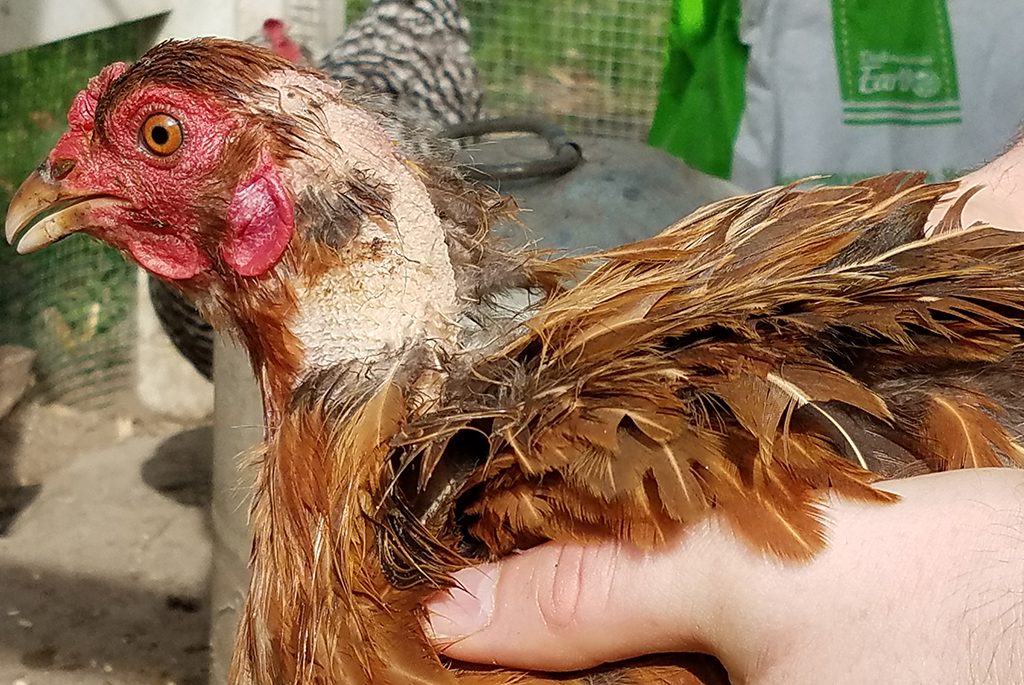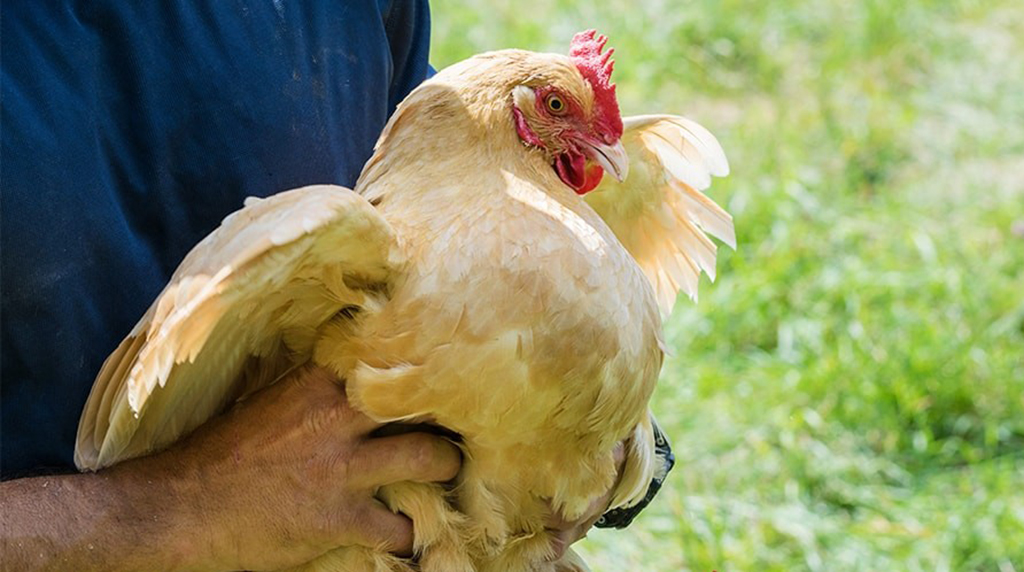
In Part 4 of our Health and Well Being of the Chicken Flock series, we looked at some conditions that affected a chicken’s legs, toes and claws.
In Part 5 we are going to take a look at common illnesses that affect a chicken’s skin.
If you are a first-time flock owner, looking to become one or even a seasoned one have a read at some of our articles. There is something of benefit for everyone on our site.
CONDITIONS THAT AFFECT THE CHICKENS SKIN
Anemic (pale) Skin
The skin on the chicken becomes pale especially in the chicken’s wattles and comb
This is mainly due to the chicken’s cells inability to develop new red blood cells.
The most common causes of anemia in chickens is trauma from being attacked by predators, bullied or pecked at within the flock or an accident.
There are also various other conditions such as:
Injury self-sustained, from fighting with other chickens, being pecked at, etc.
External Parasites like mites
Internal Parasites like a tapeworm
Signs and Symptoms:
Weakness
Colors of the feathers will get paler
The chicken’s skill will become dull and pale
The chicken’s comb and wattles will become pale
Lethargic
Weight loss
Treatment:
Infected birds must be isolated from the flock
The underlying cause of the anemia will have to be diagnosed
This may need blood cultures, so it is advisable to get your vet involved to help properly diagnosed the bird’s condition. Once it has been established the vet will advise on the best course of action.
Parasites Infection
Parasites can cause feathers to fall out and bite to get infected with secondary infections from various bacteria. Once the bacteria set in a small bite can turn into some much worse like Bumblefoot beneath the foot, external skin ulcers and even in some cases Fowl Pox.
Signs and Symptoms:
Chicken continuously shaking its head
Itching a lot
Skittish and irritated
Feathers clumping at the base with white flaky substance visible
Treatment:
Infected birds must be isolated from the flock
Ensure the parasites are eliminated
Use ant-parasitic topical creams, powders or sprays.
In some cases, if there has been a secondary infection the vet may prescribe antibiotics.
Pox
This disease has many different names including Avian Diphtheria, Bird Pox, Poxvirus, Avium and Avian Pox.
It is lesions that can be found on various areas of skin that is not covered by feathers. It can also appear in the oral cavity, trachea, larynx and mucous membranes.
There are a lot of different strains of this virus with Fowl Pox being the main one that affects chickens.
Fowl pox has two different strains one is a wet strain or diphtheritic. The other is a dry strain or cutaneous.
The dry pox form is the one that is the most commonly found.
The pox marks look like tiny little wart growths on the skin of the chickens which will gradually get bigger and change color as they grown. Eventually, they will present as dark brown scabs which last around 2 to 4 weeks. They will drop off when they are ready and will leave a smooth round scar.
The important thing to note here is that the scab that drops off now contains the virus that is highly contagious and will infect the flock.
The wet pox form is the more dangerous of the two forms and responsible for more deaths in chickens.
The wet pox is also usually referred to as yellow canker lesions. These lesions from within the throat and inner mouth regions of the chickens. They usually start out looking like tiny white spots and then merge together forming a more raised patch. These patches turn yellow and look like cheese stuck in the bird’s mouth.
Fowl pox is passed through biting mosquito’s that feed on infected chickens then feed on another chicken.
Chickens can also pass the pox on through their scabs if one chicken pecks an infected chicken.
Signs and Symptoms:
Wart type bumps which can appear on the wattles, feet, face and comb
Weight loss
They will not drink too much water
They will lose their appetite
They will have a bad odor from their mouth
There will be a yellow cheesy like canker lesion(s) in the mouth
Their eyelids will swell
Treatment:
Infected birds must be isolated from the flock
They need vitamin A
Lesions will need to be flushed with various antiseptic and saline solutions
Dry pox the scabs must be kept dry and clean
The vet may prescribe various antibiotics in order to treat secondary infections.
Pecks/Bites from other chickens/Wounds
Chickens can get stressed if they are overcrowded. They tend to take it out on the weaker of the chickens in the flock. Once the one more aggressive one in the flock starts the rest tend to follow.
If chickens smell blood from a wound, they will peck at it.
New chickens introduced into the flock will get pecked at.
Rodents have been known to bit chickens and then there are the chickens that get bitten by various predators.
Signs and Symptoms:
Wounds on the chicken that is open
Loss of feathers
The chicken tries to shy away from the flock
Loss of weight
Stressed
Treatment:
Infected birds must be isolated from the flock
All wounds and lesion should be treated
Make sure they are kept clean
If they are too severe seek advice from the vet
It may be necessary to re-evaluate the coop/run and the chickens living areas.
END OF PART 5
This is the end of Part 5 of our “Health and Wellbeing of the chicken Flock” series.
Part 6 of the series will discuss conditions that affect the Respiratory Tract of a chicken.
 Why Deworming Chickens is Important?
Why Deworming Chickens is Important? Conditions that can affect a Chicken Respiratory System
Conditions that can affect a Chicken Respiratory System Chicken Vaccinations and why they are Important to a Flock
Chicken Vaccinations and why they are Important to a Flock CONDITIONS THAT AFFECT THE A CHICKENS FEATHERS
CONDITIONS THAT AFFECT THE A CHICKENS FEATHERS CONDITIONS THAT AFFECTS A CHICKENS LEGS, TOES AND CLAWS
CONDITIONS THAT AFFECTS A CHICKENS LEGS, TOES AND CLAWS